Report this entry
More from the same community-collection
Photography by Yadira Loya-Carranco
There is nothing more pleasing and rewarding than witnessing the ...
Photography by Yolanda Elena Montiel Méndez
There is nothing more pleasing and rewarding than witnessing the ...
Photography by Yolanda Elena Montiel Méndez
There is nothing more pleasing and rewarding than witnessing the ...
Photography by Jaime Alberto Pinal Coello
There is nothing more pleasing and rewarding than witnessing the ...
Photography by Jaime Alberto Pinal Coello
There is nothing more pleasing and rewarding than witnessing the ...
Photography by Jaime Humberto Caldera Chacón
There is nothing more pleasing and rewarding than witnessing the ...
Photography by Jaime Humberto Caldera Chacón
There is nothing more pleasing and rewarding than witnessing the ...
Bilalian News Article, September 24, 1976
Bilalian News Article titled "First Mosque on military base ...
New Residents in Front of Socorro Mission, 2022
Tawan and Felicia Parsons on the mission trail at the Socorro ...
Congregation at Presumed Destiny Family Christian Center, 1995
Congregation worshipping at what is presumed to be Destiny ...
Congregation at Presumed Destiny Family Christian Center, 2008
Congregation gathered at what is presumed to be Destiny Family ...
Congregation at Presumed Destiny Family Christian Center, 2008
Congregation at what is presumed to be Destiny Family Christian ...
Congregation at Presumed Destiny Family Christian Center
Congregation at what is presumed to be Destiny Family Christian ...
Couple in front of Christ Cathedral
Photo of a couple standing in front of the Christ Cathedral New ...
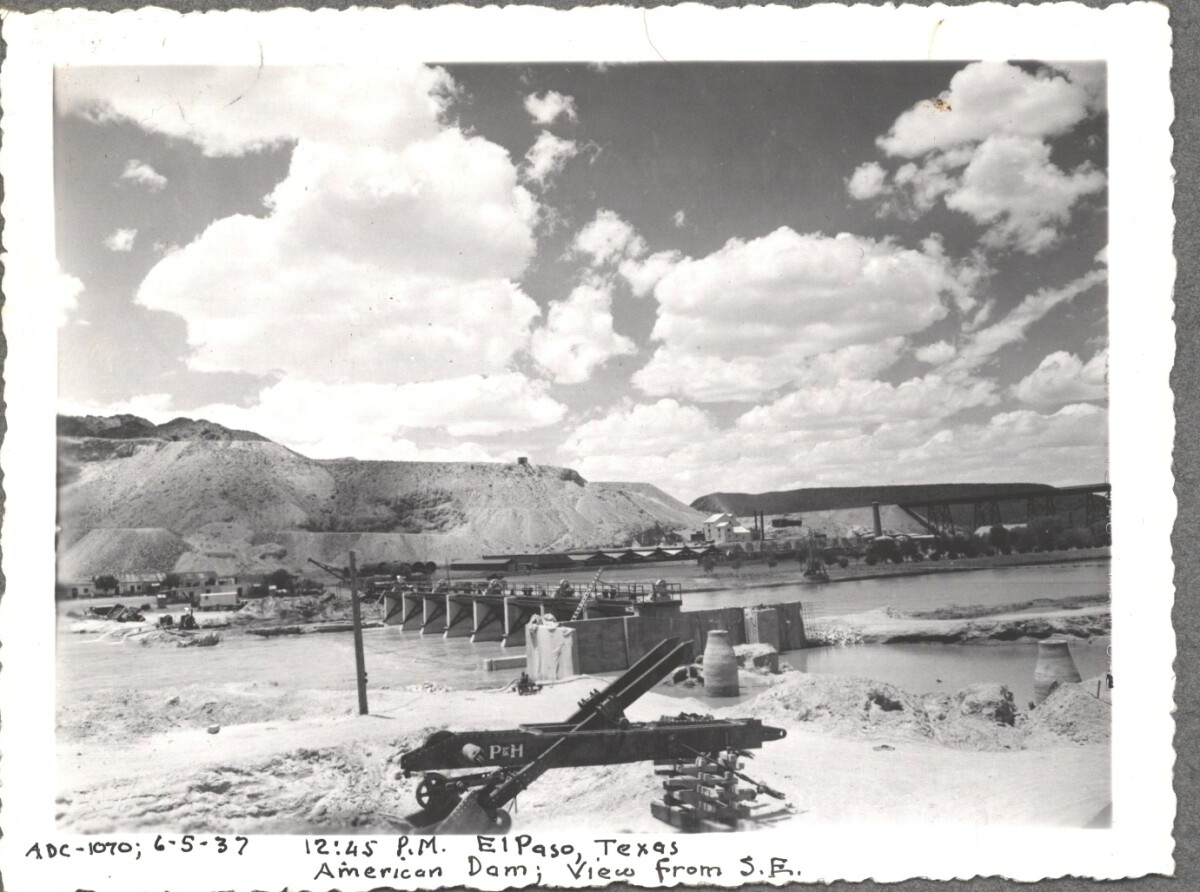
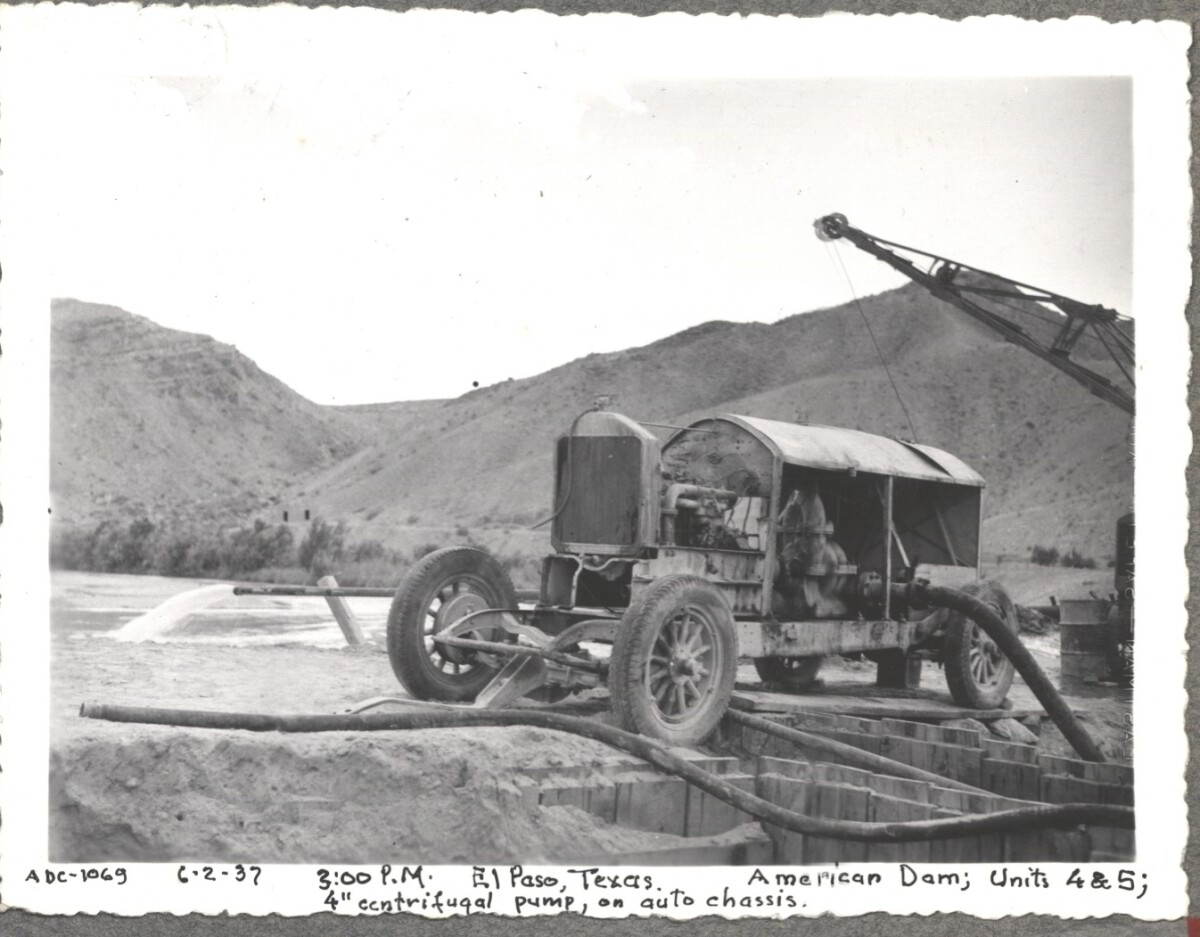
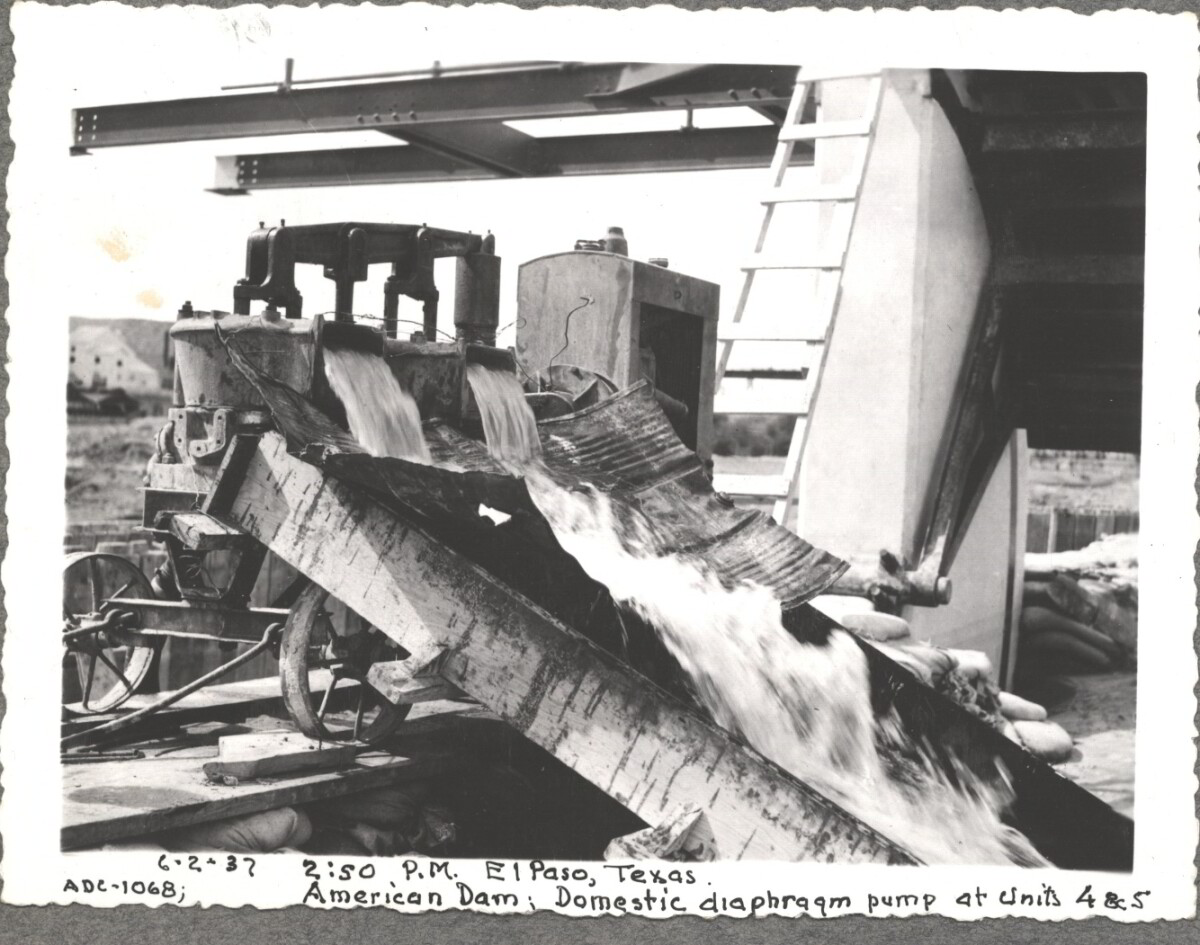
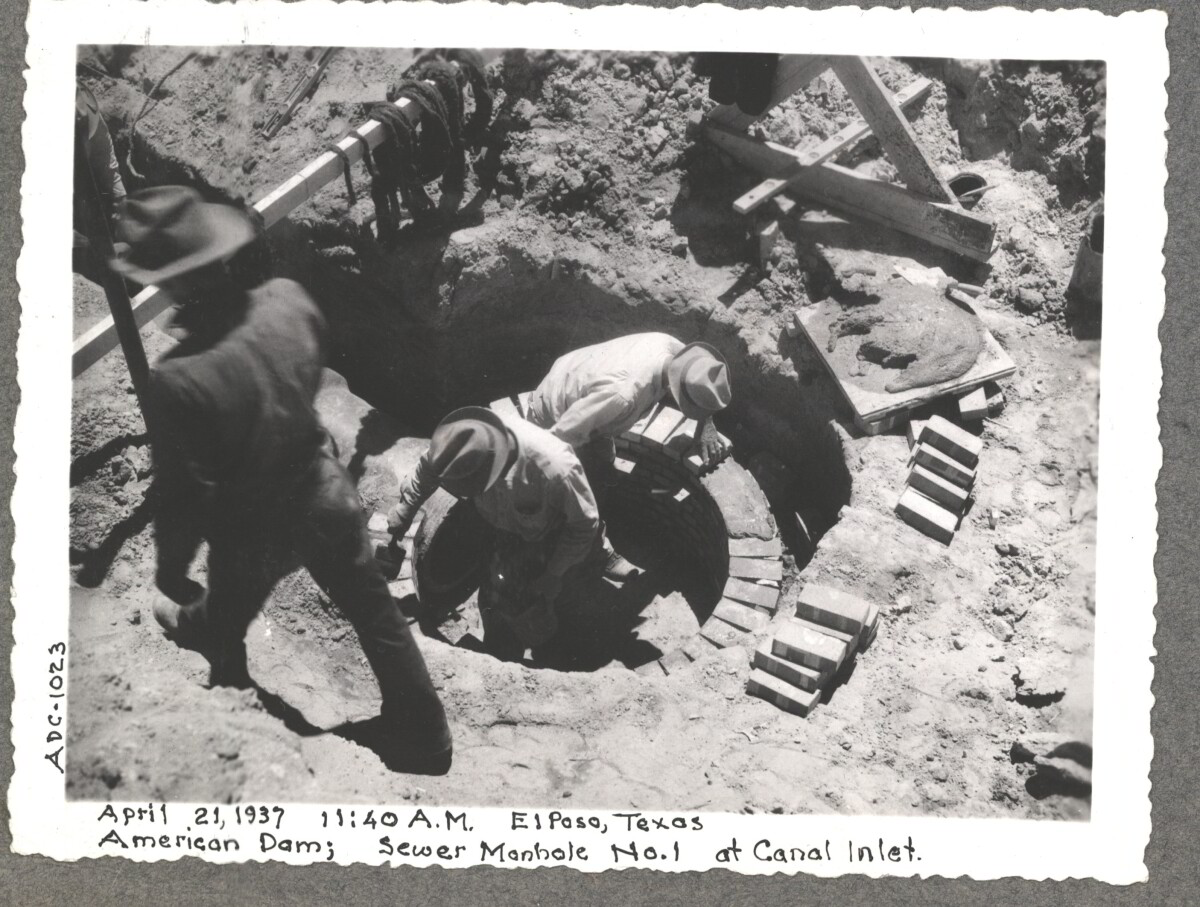
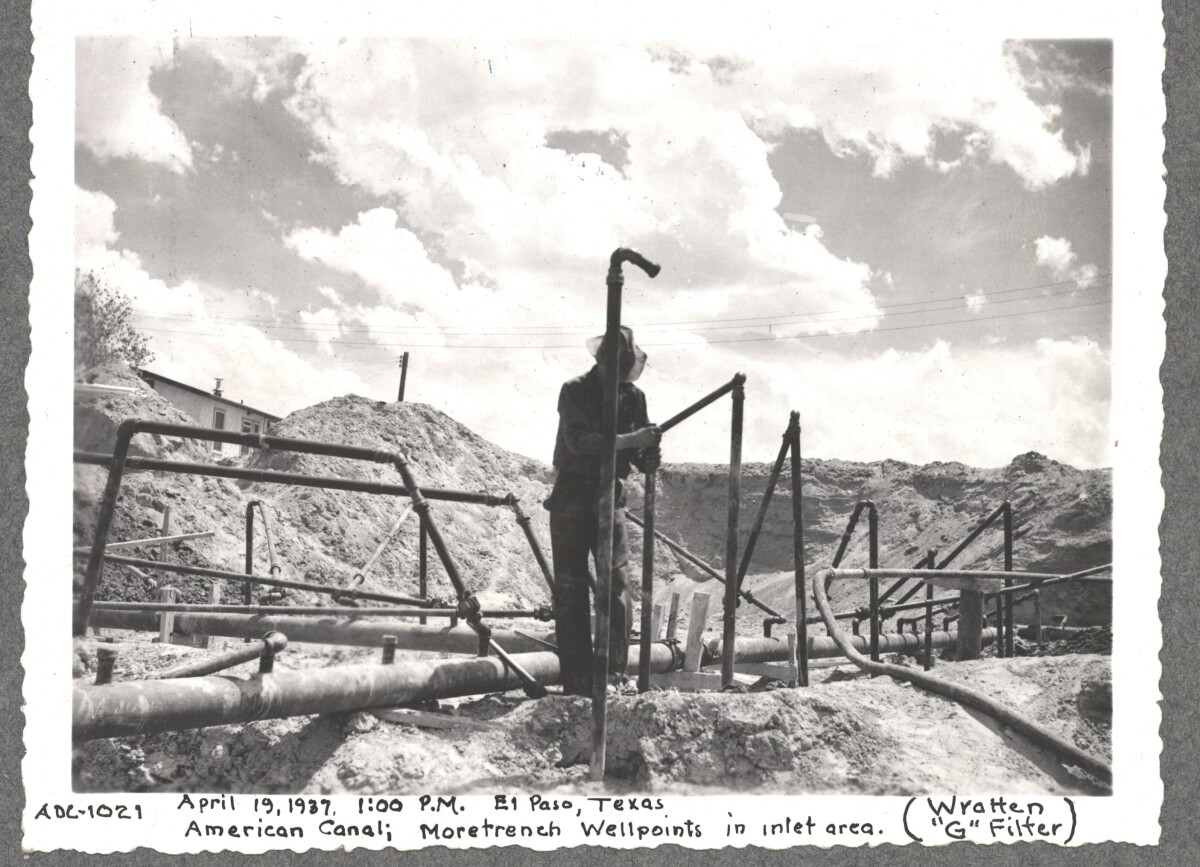
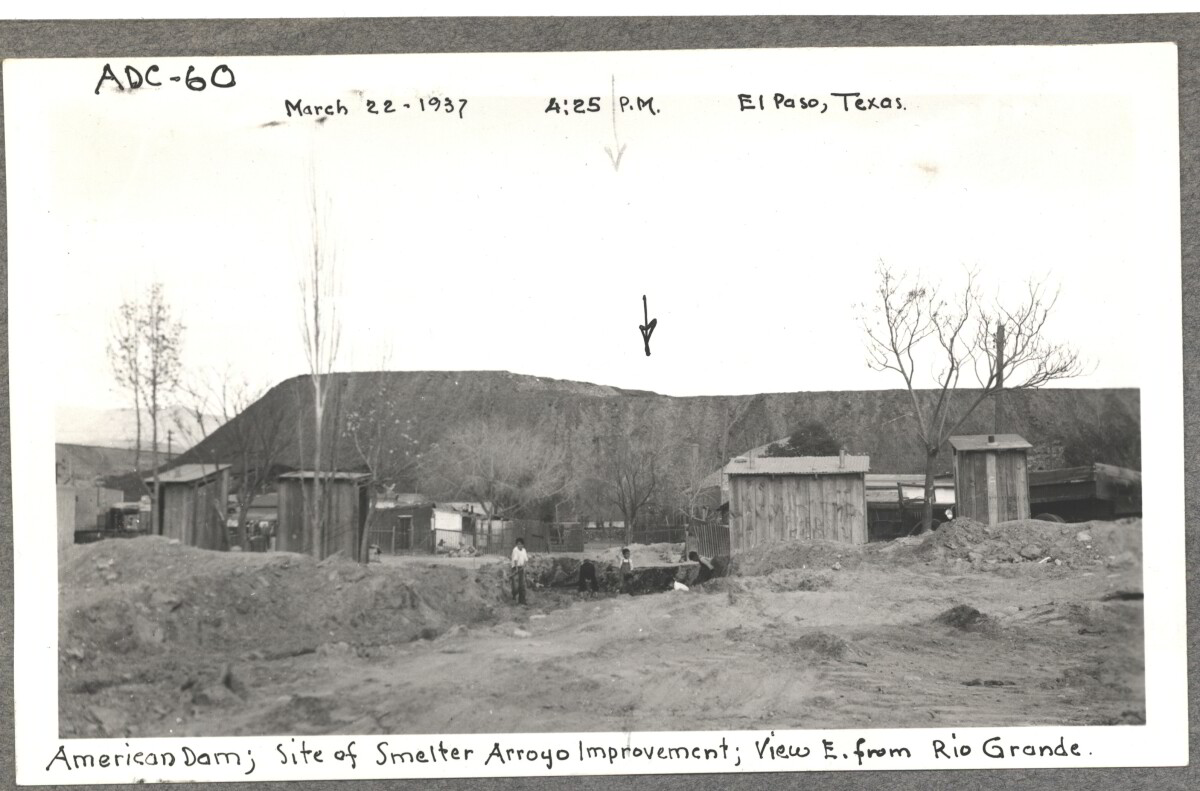
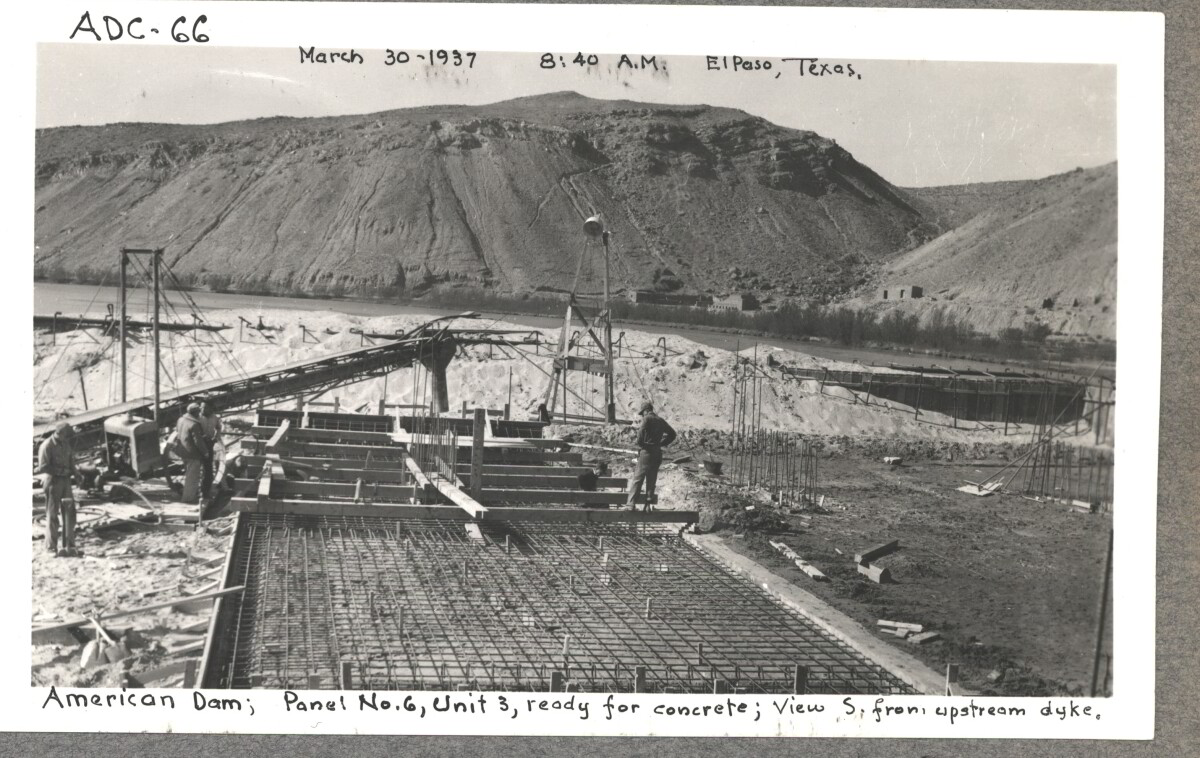
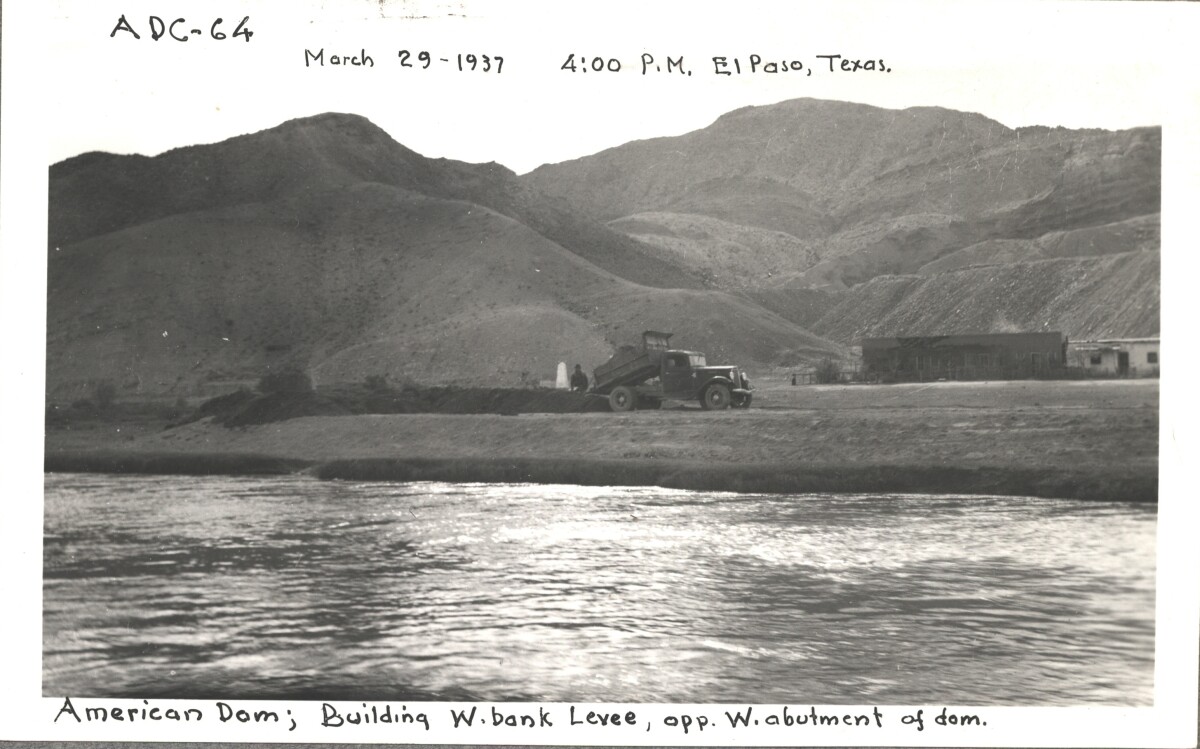
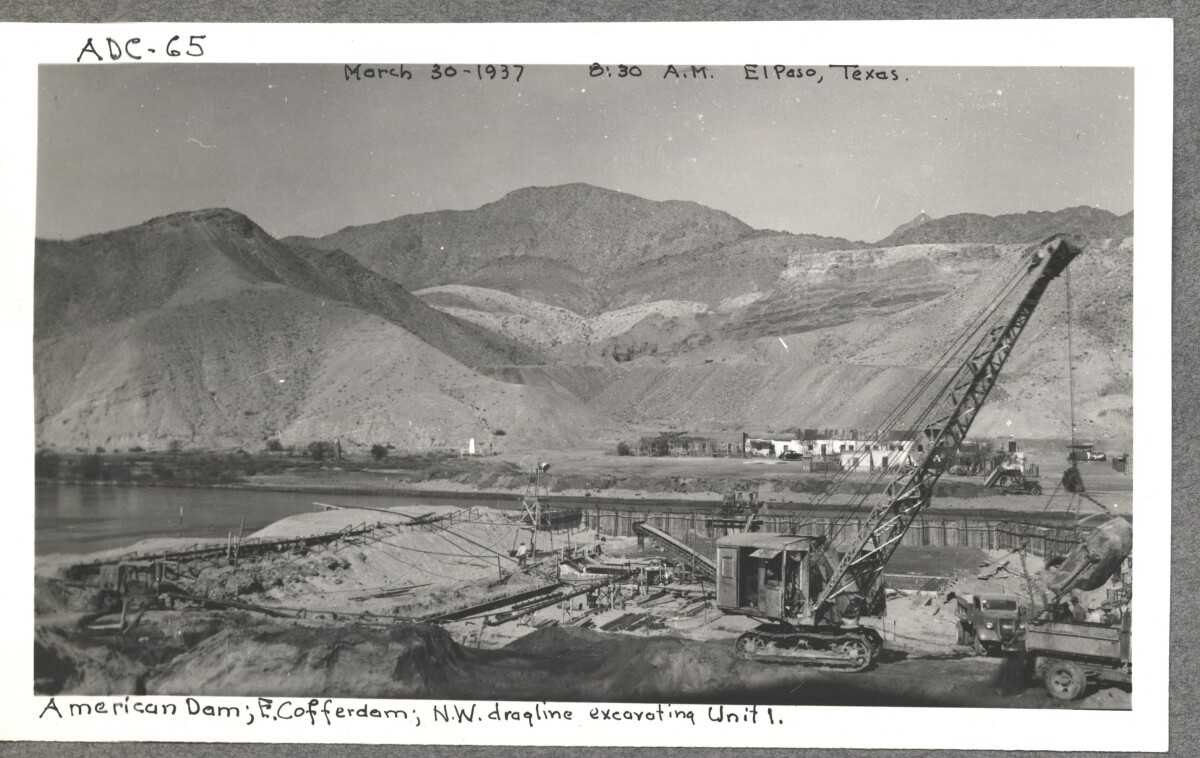
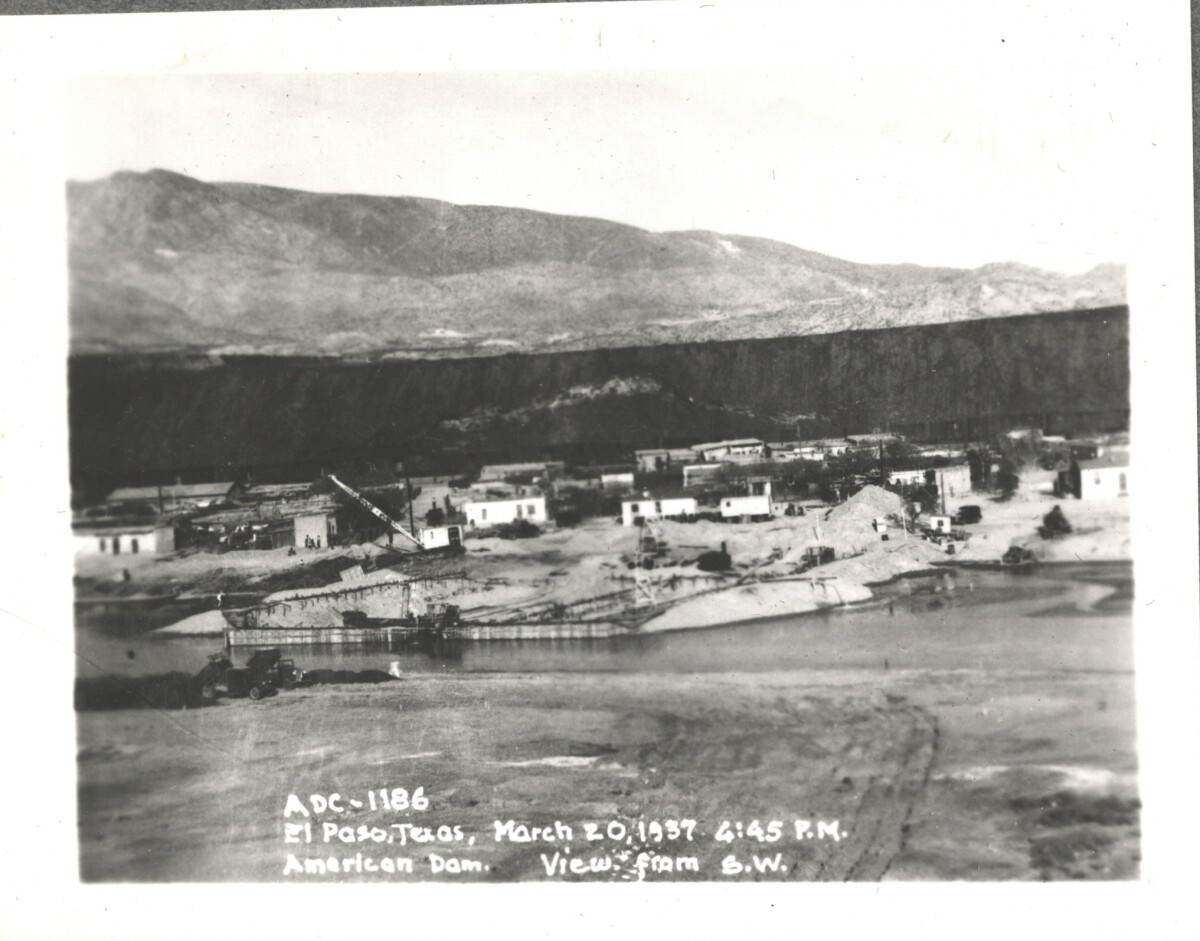
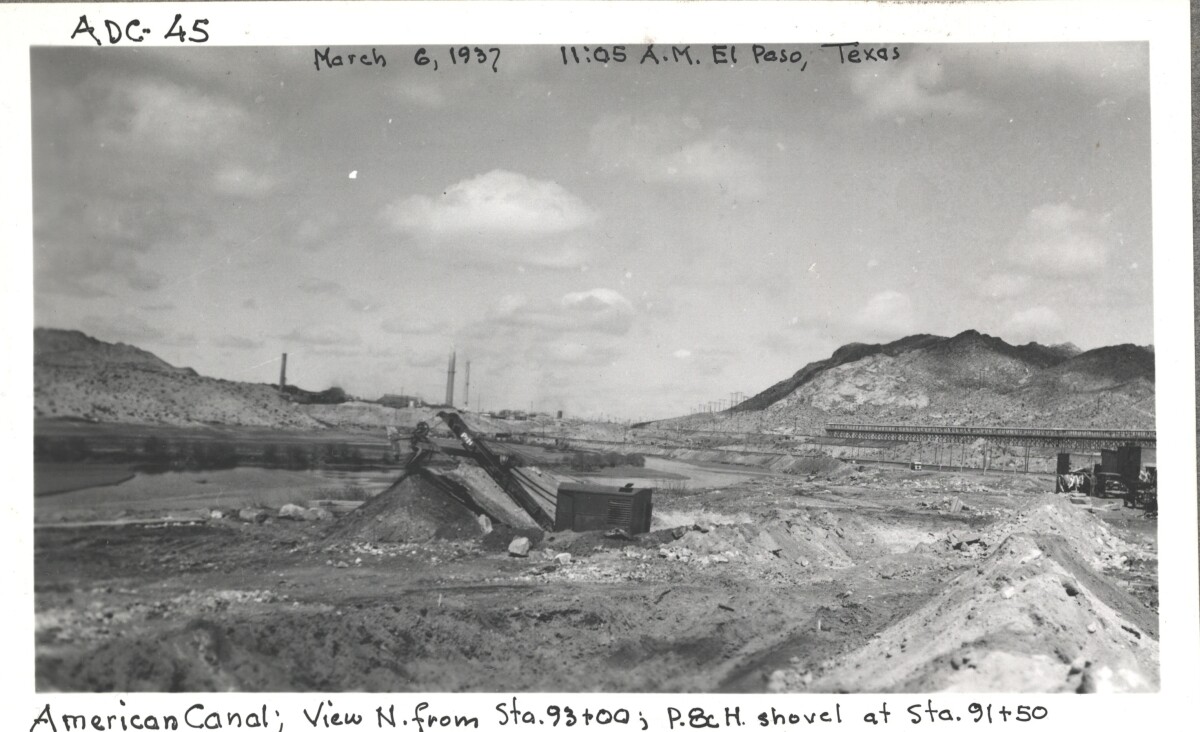
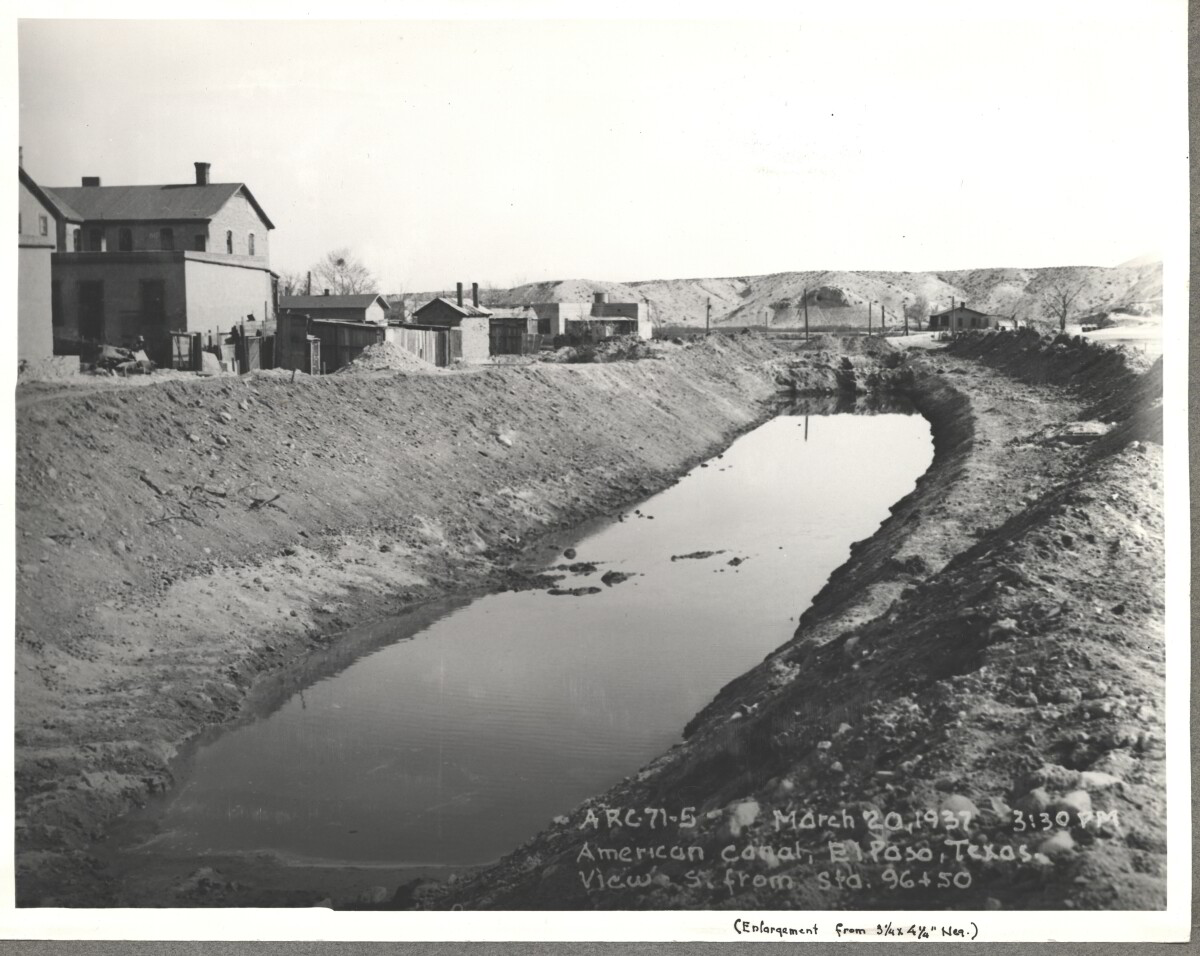
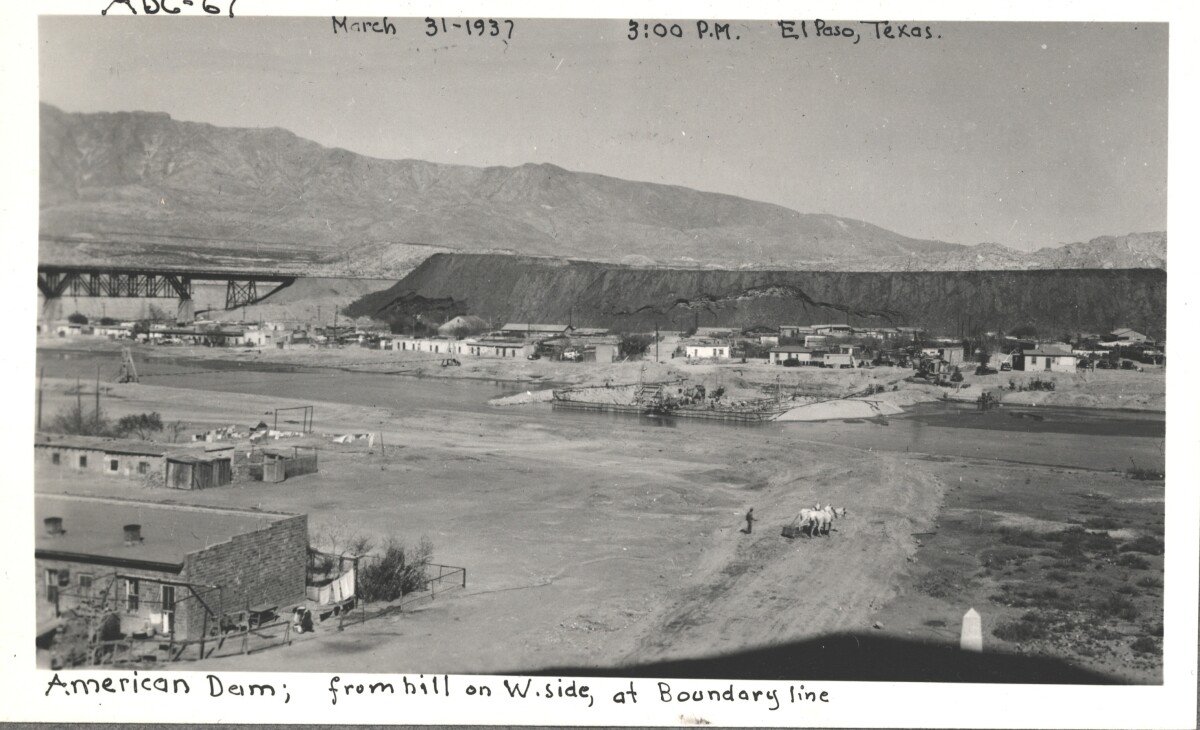
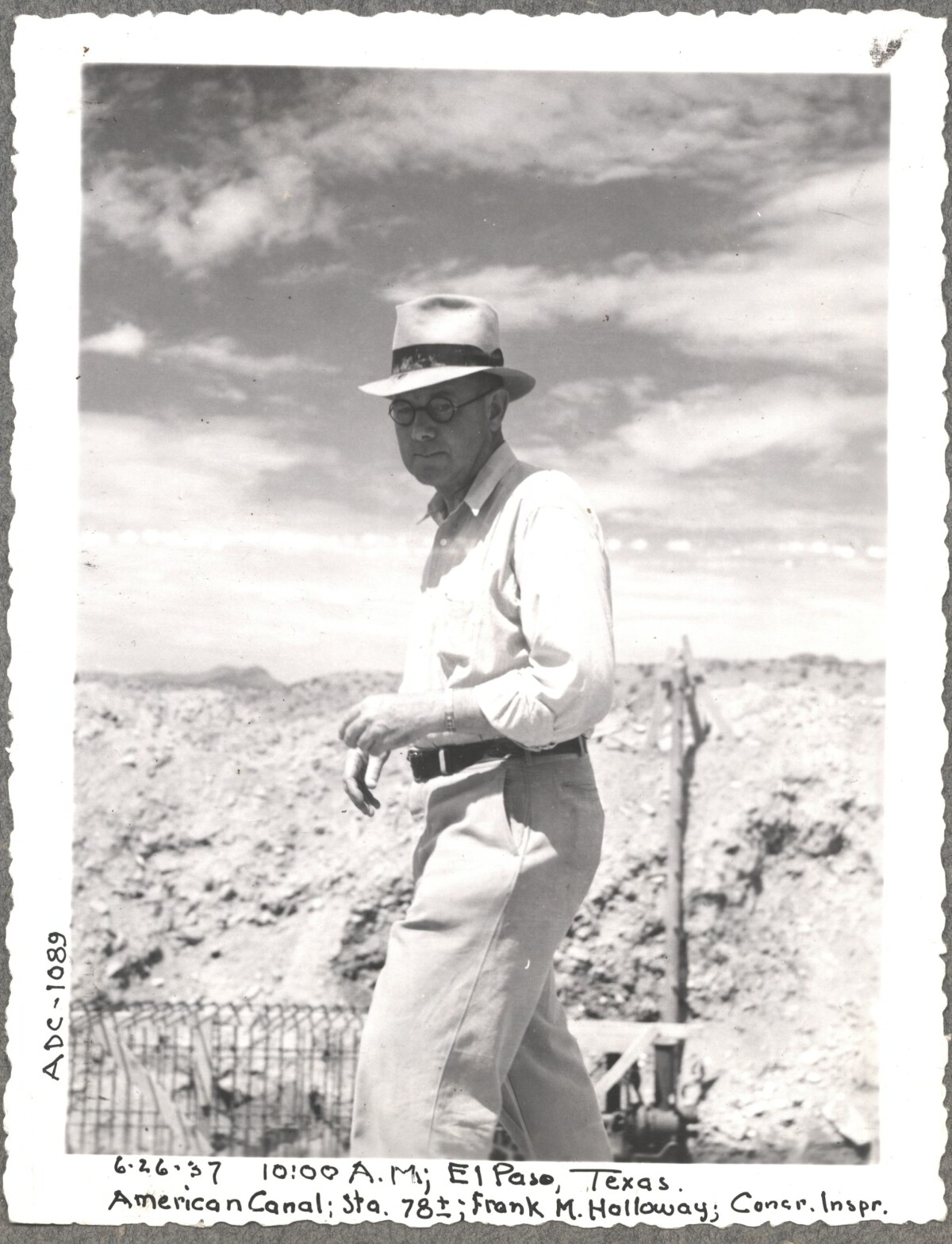
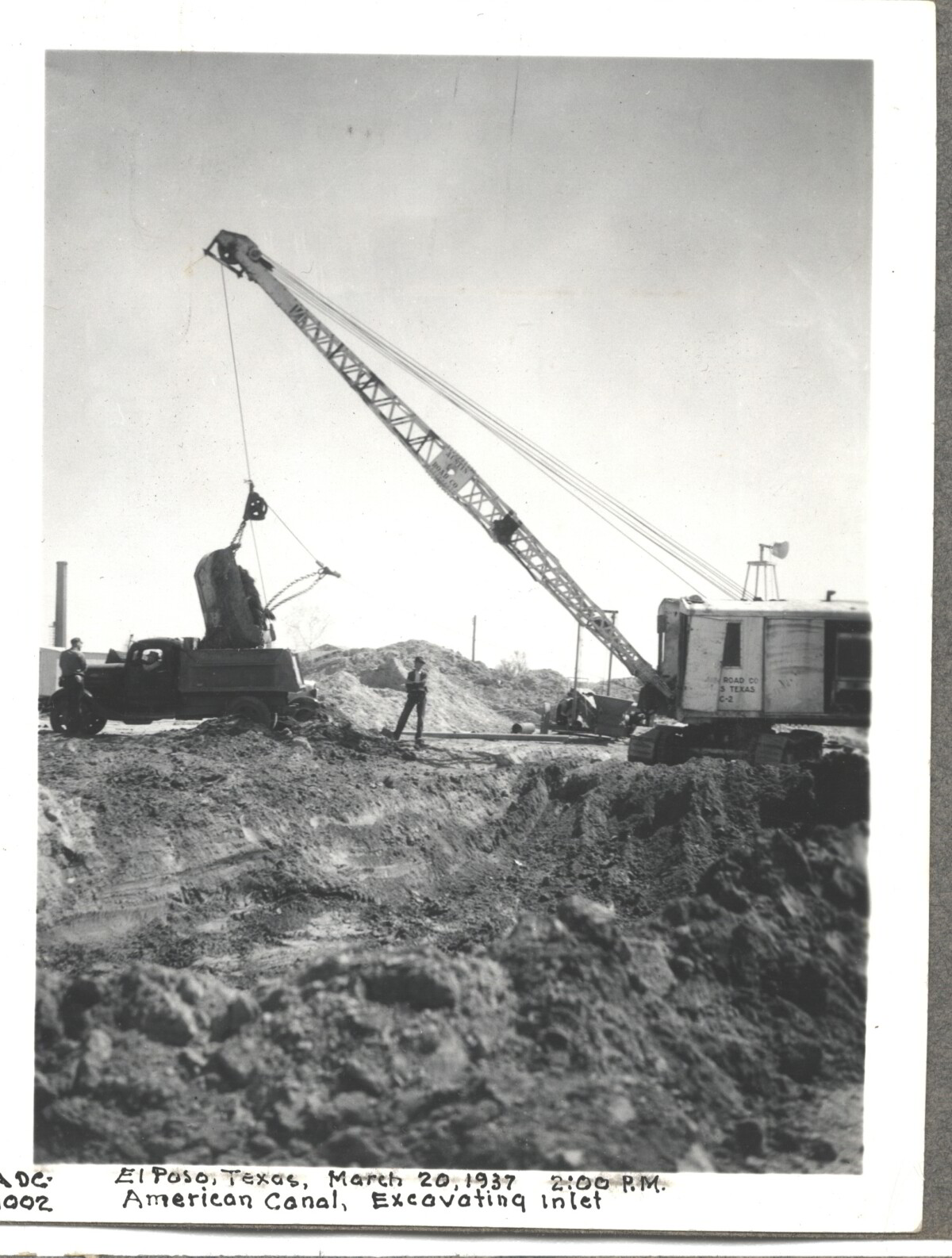
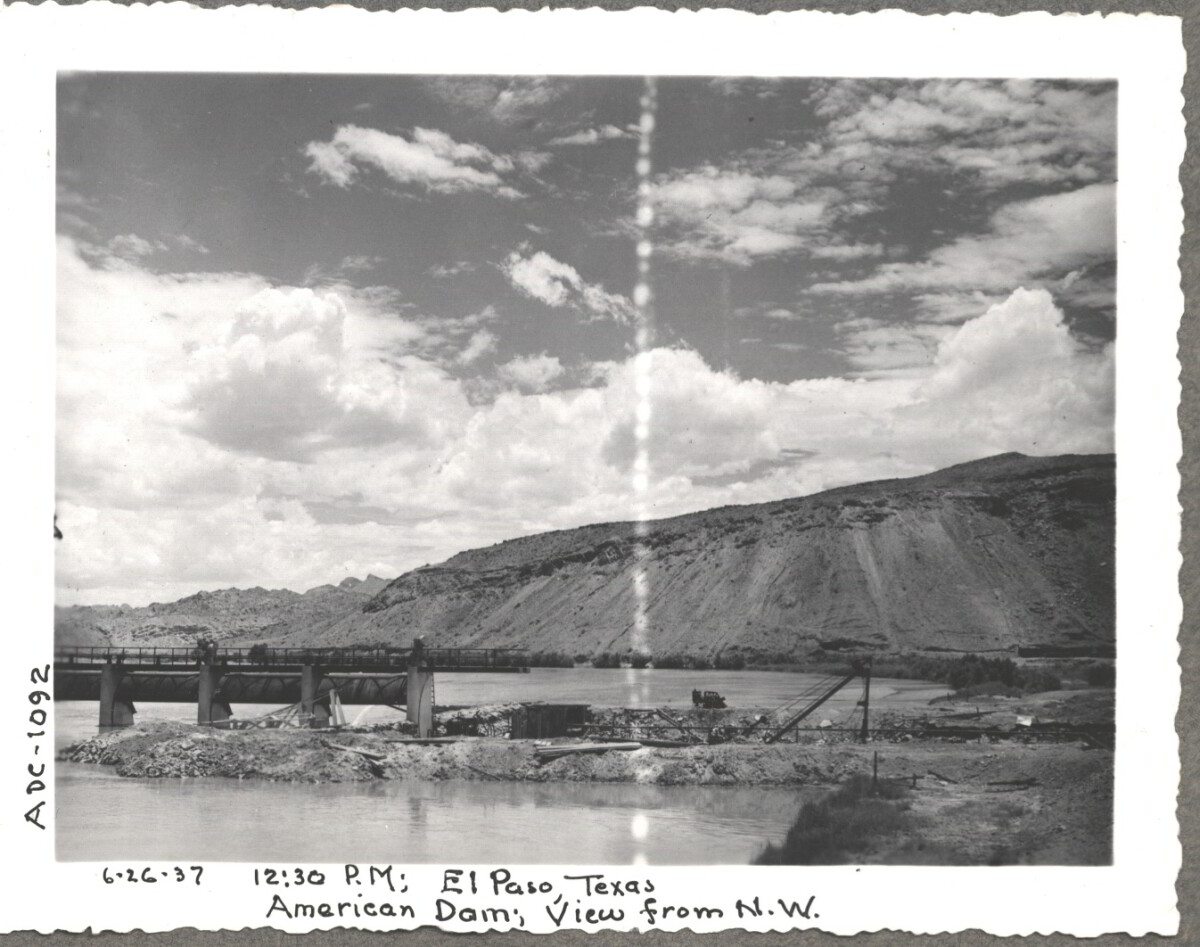
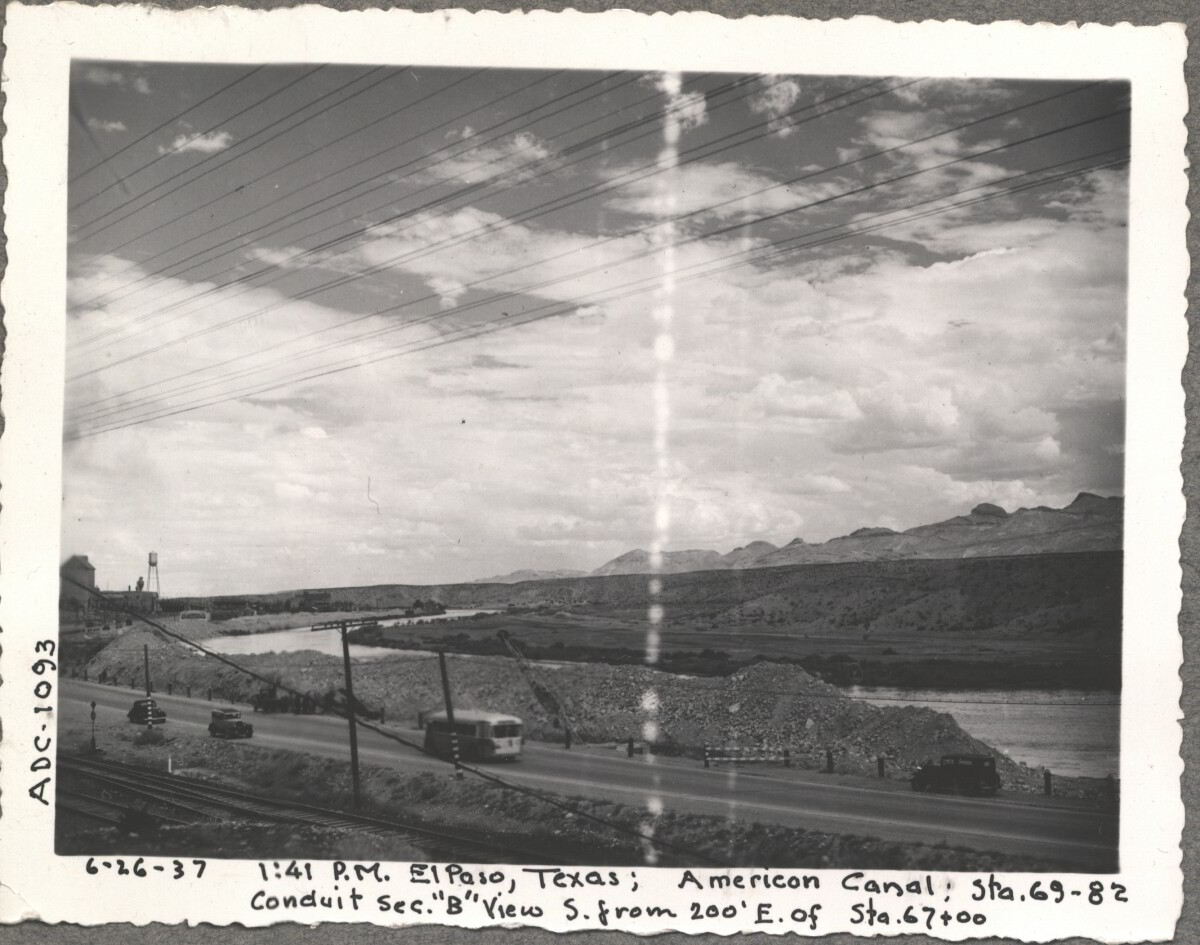
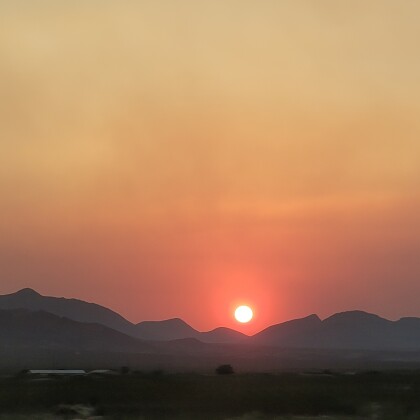

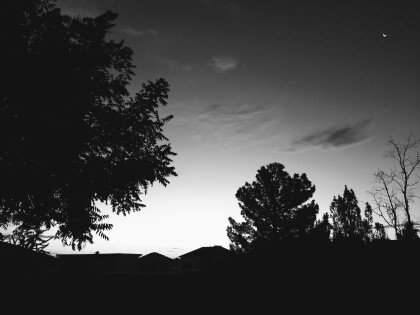
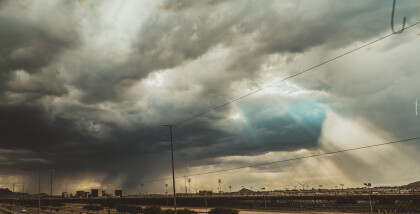
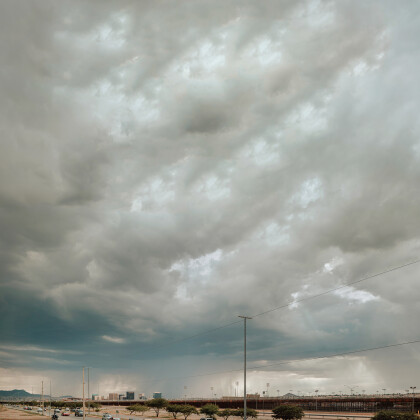

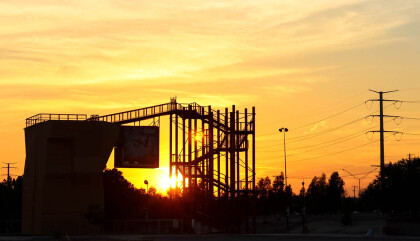

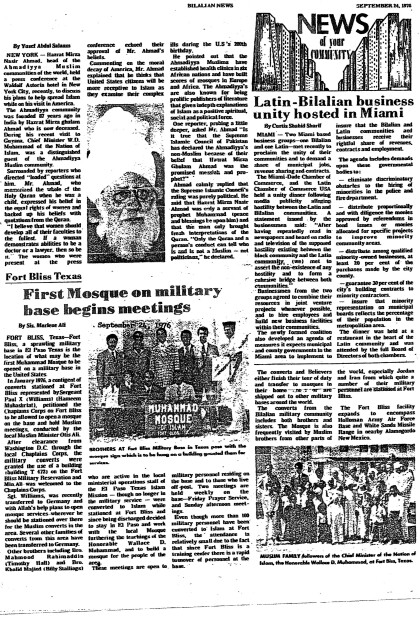
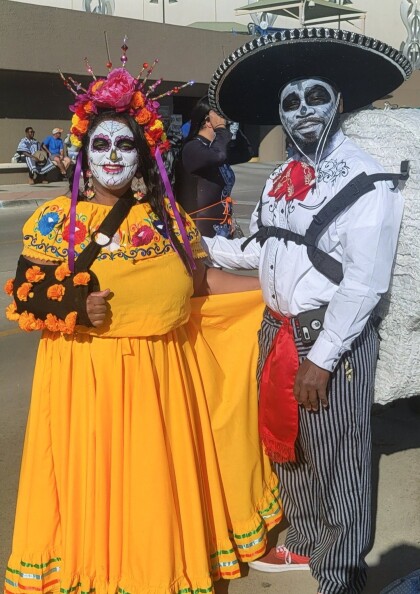
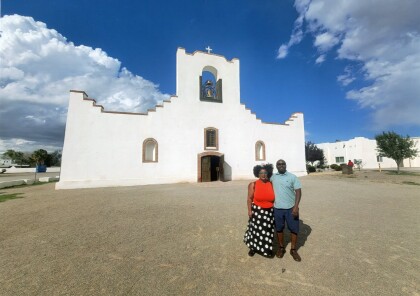



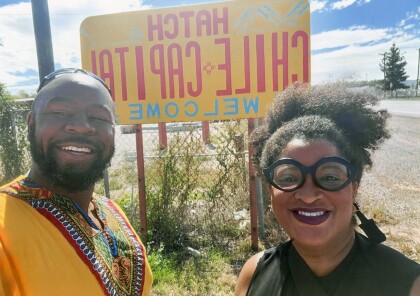
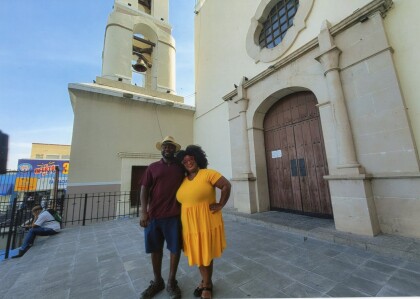

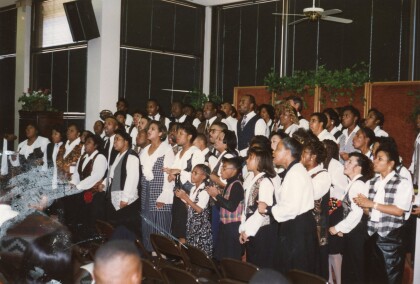
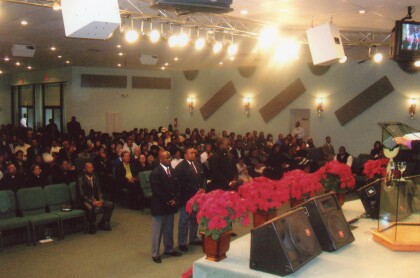

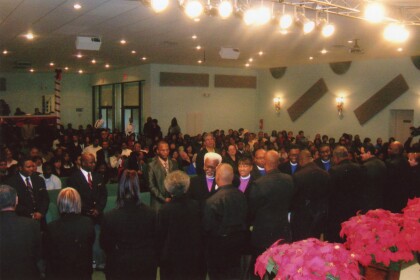
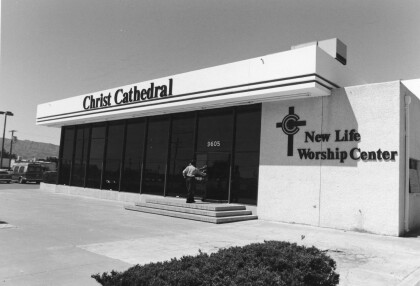
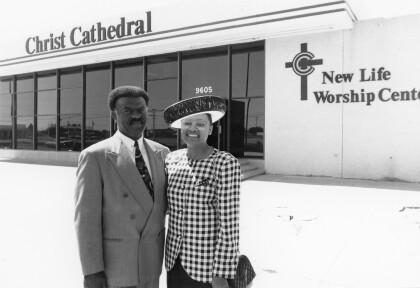
Comments
Add a comment